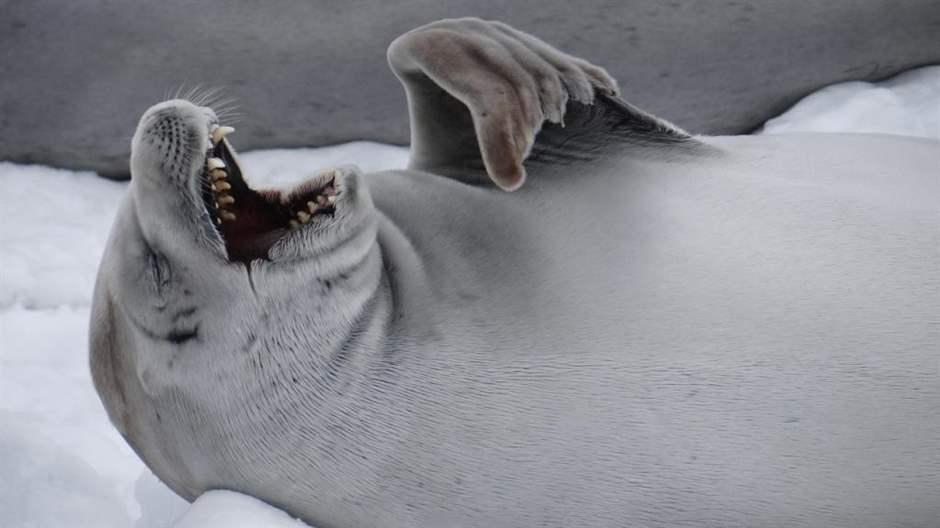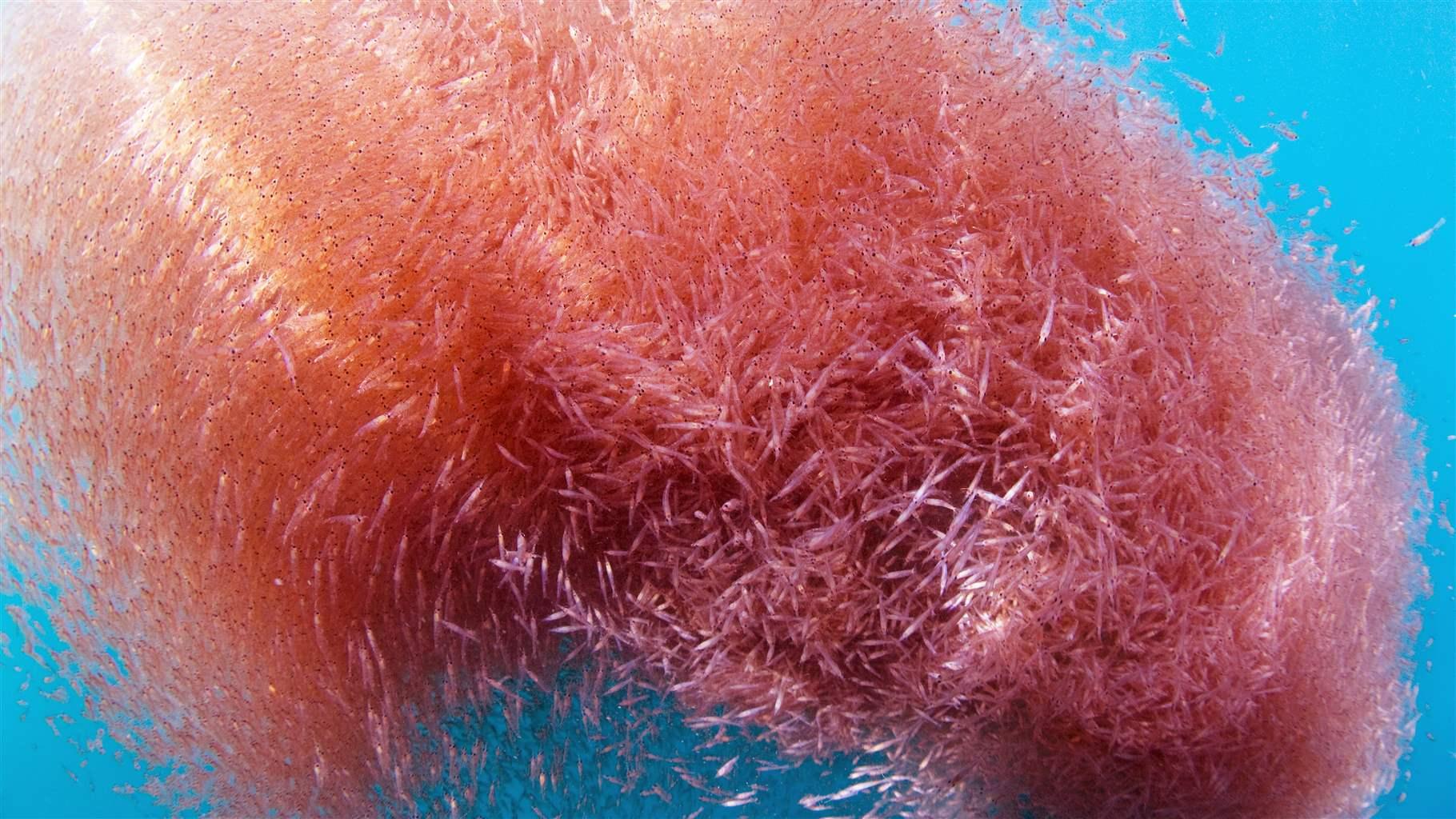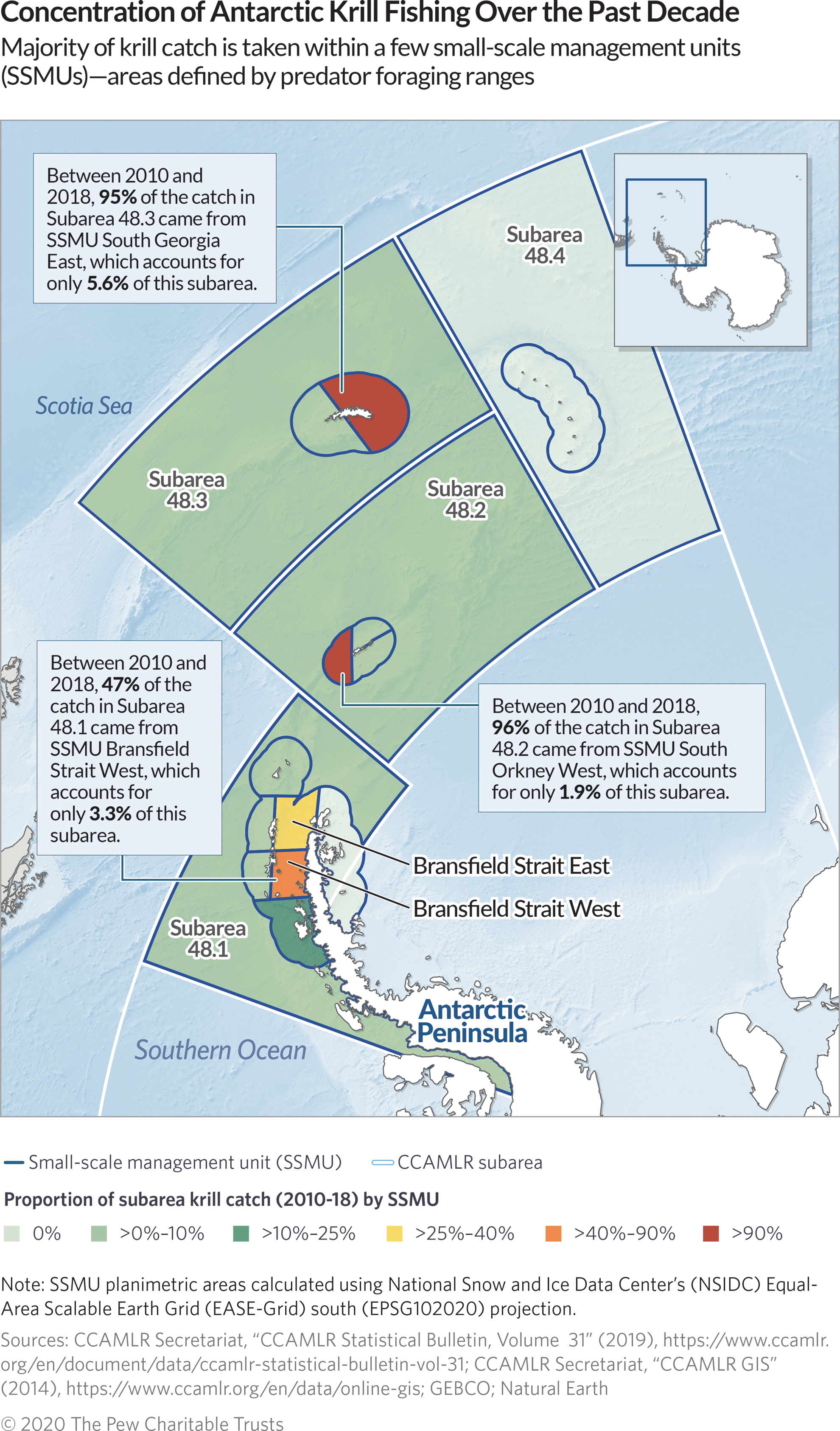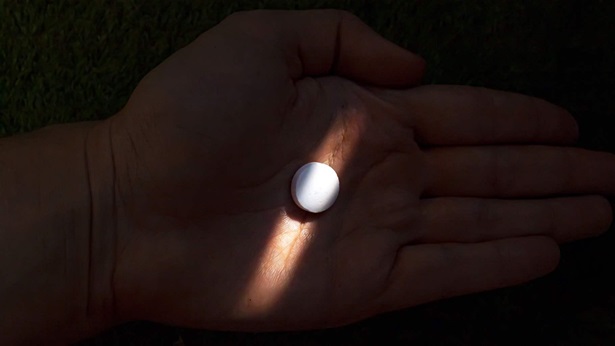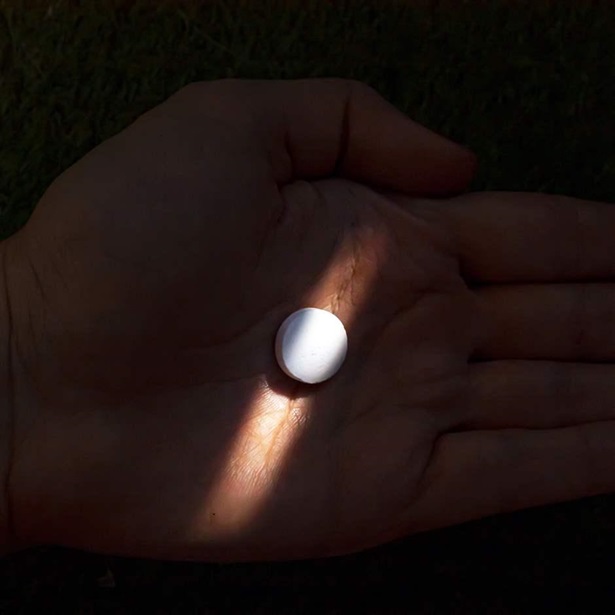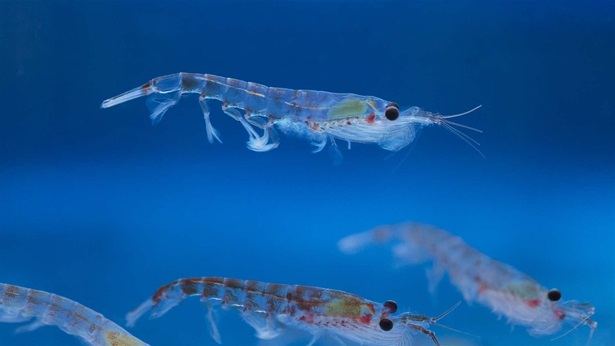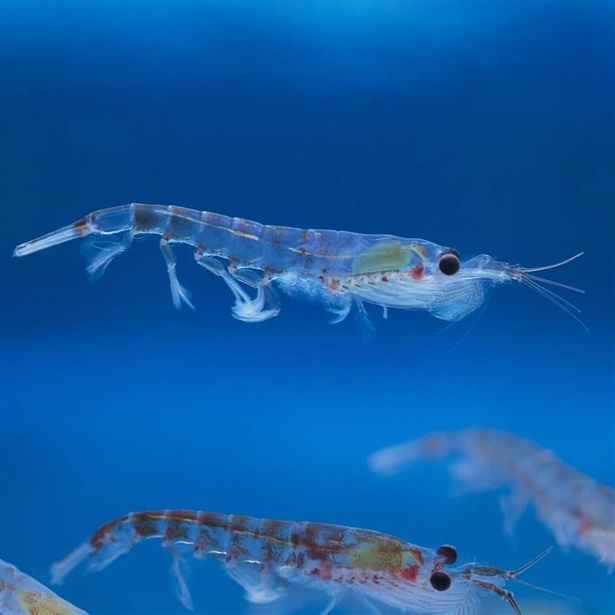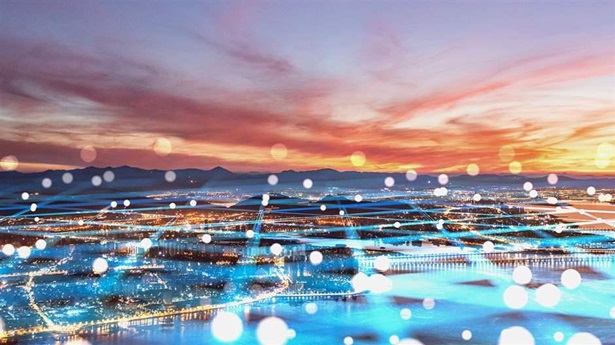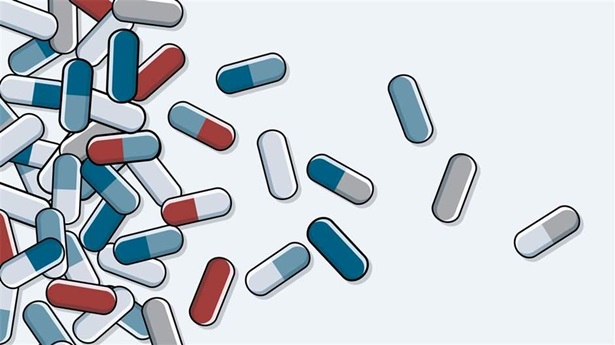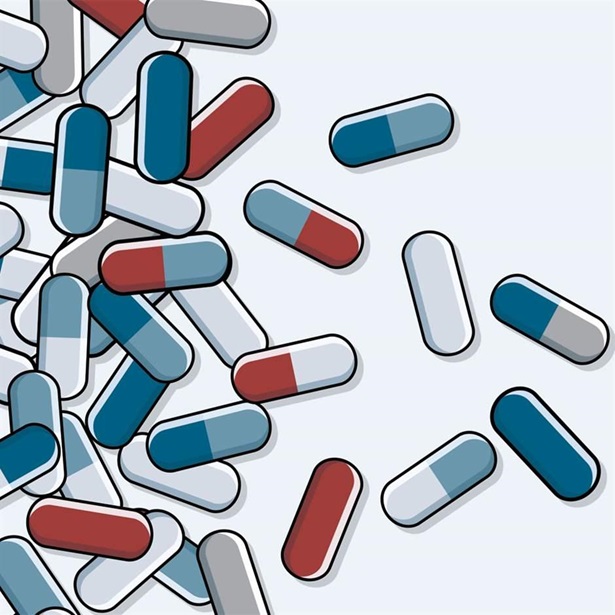8 Facts About Antarctic Krill Show Why They Need Greater Protection
World Krill Day spotlights a versatile crustacean at the heart of the Southern Ocean food web
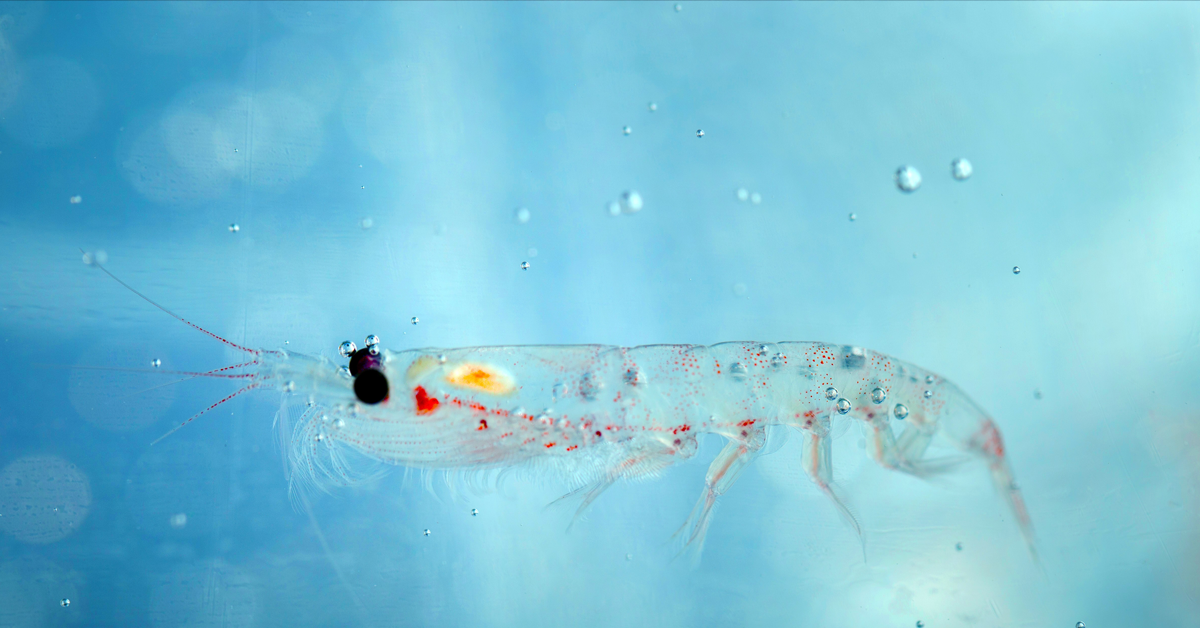
The first World Krill Day on Aug. 11 is an ideal time to showcase why these mighty crustaceans are worthy of global attention and what policymakers can do to help krill and the animals that depend on them. Here are eight facts about Antarctic krill, the powerhouse of the Southern Ocean:
- Contrary to an oft-repeated characterization, Antarctic krill aren’t tiny. Yes, they’re classified as zooplankton, but Antarctic krill (hereafter referred to as krill) aren’t microscopic—they are about the size of an adult human pinkie and are bigger than many commonly sold shrimp species. In fact, the Latin name for this type of krill, Euphausia superba, suggests that it is the biggest and most superb species of krill.
- Krill are critical to the Antarctic ecosystem as a food source: Most of the animal species in the Antarctic eat krill, and some—including Adélie and chinstrap penguins—get almost all of their calories from krill. Crabeater seals even have uniquely-shaped teeth adapted specifically for eating krill. And new research shows that humpback and fin whales—whose populations are recovering after centuries of whaling—eat more than 2 million metric tons of krill combined each year from a small region near the Antarctic Peninsula where the commercial krill fishery is concentrated.
- Krill play an important role in the Southern Ocean’s biological cycling of nutrients. For example, after feeding on algae that has absorbed atmospheric carbon dioxide at the sea surface, krill migrate in swarms to deep water and then excrete their waste, transferring large amounts of that carbon to the ocean depths.
- The largest fishing industry in Antarctica, by catch size, targets krill. Luxury products derived from krill include omega-3 oil supplements for humans and feed for animals, including farmed fish.
- Krill have some pretty interesting characteristics. Like some other marine organisms, krill can glow using their photophores—glandular, light-producing organs. Experts believe that krill activate this function either to communicate with one another as they swarm, or to confuse and evade predators. Krill are also thought to comprise the largest biomass of any animal species on Earth, except humans, and their swarms have been seen from space. When food is scarce, krill can shrink in size to preserve energy. And krill have a massive genome—about 12 times the size of humans’—which points to an advanced biological complexity. Who knows what other capabilities krill have that scientists haven’t discovered yet?
- Krill have adapted to the Southern Ocean’s cold waters and depend on sea ice to complete their life cycle. Unfortunately, some of the places where krill live—such as the Antarctic Peninsula—are amongst the fastest-warming areas on Earth. Warming has already caused krill to shift the center of their distribution south by about 275 miles (440 kilometers), and climate scientists predict that their habitat will continue to shrink. Further, scientists say that ocean acidification, which disrupts the development of krill eggs, could cause krill populations to collapse by 2300.
- The commercial krill fishery has become extremely concentrated in recent years, with the vast majority of catch taken from small, nearshore areas where penguins, whales, and other predators feed. Recent research has shown that this localized depletion of krill, combined with climate change, is driving negative impacts on penguin health and vitality and declines in many Antarctic Peninsula penguin populations.
- Fortunately, the Commission for the Conservation of Antarctic Marine Living Resources (CCAMLR), made up of 26 member governments, has a mandate to prevent fishing from causing irreversible impacts on the ecosystem. CCAMLR, which was formed in the early 1980s with conservation as its primary objective and which has been called “the krill convention,” is considering two complementary tools to alleviate stress on krill and the ecosystem that depends on them: marine protected areas (MPAs) and ecosystem-based fisheries management. Specifically, Argentina and Chile have proposed the designation of an MPA in the waters off the Antarctic Peninsula where the krill fishery is currently concentrated. Research shows that the proposed MPA would benefit fisheries, krill, and krill predators, even as the climate continues to warm. For waters adjacent to MPAs, CCAMLR is also working to implement a science-based plan to disperse fishing and ease pressure on krill predators. CCAMLR members are set to decide on both measures at the Commission’s annual meeting this October.
It’s clear that a thriving krill population is critical to a properly functioning Antarctic marine ecosystem and that these versatile crustaceans need protection to continue playing their important role. The Pew Bertarelli Ocean Legacy Project encourages CCAMLR to fulfill its conservation mandate when it meets in October, which would help ensure many happy World Krill Days in the future.
Nicole Bransome works on the Pew Bertarelli Ocean Legacy Project.
